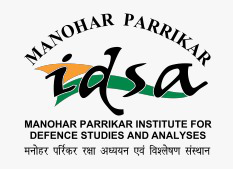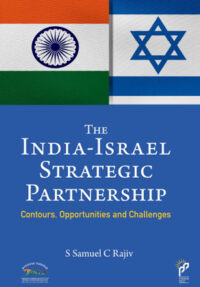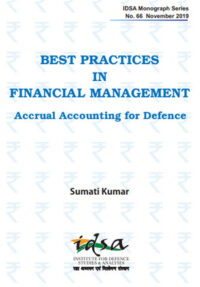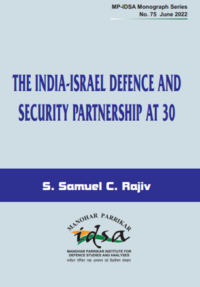Outsourcing of Defence Logistics in the Indian Armed Forces
There is today an increasing acceptance of the concept of defence outsourcing of non-core logistic functions. Outsourcing frees commanders to focus on their primary task and saves resources. The paper attempts a holistic treatment of the subject from conceptual concerns to related practical issues. A brief scan of defence outsourcing the world over leads us to examine benefits that accrue and the precautions that should be taken. The paper goes on to analyse types of functions that can be safely outsourced and suggests a methodology for the entire process.
India-Russia Defence Cooperation
Co-operation in the field of defence constitutes one of the most important features of Indo-Russian bilateral ties. However, the relationship is undergoing significant changes in the new context of market reforms and globalisation, as well diversification of acquisitions by India. Owing to the past legacy and ongoing projects, Russia will remain, at least for the foreseeable future, a major defence partner of India.
Defence Economics: Core Issues
Defence can seldom ignore the standard economic problem—the need to make critical often hard resource choices. Yet the output of defence studies focuses almost entirely on professional and strategic issues, and little on finance or economics. There is a presumption in most countries that the needs of defence must be met, and often they are met without
Challenges in Defence Planning
Defence planning is essentially a subset of overall national level planning in the political, economic and social spheres and has to be evolved in the context of global and proximate factors affecting the nation. . It has also to take into account the philosophy and ethos animating the national psyche; in other words the historical and cultural forces which have shaped the collective memory and outlook of the people over the centuries.
Defence Budget: Towards an Outcome and Programme Based System
The contents of the general, as well as, the defence budget of the Government of India have normally been widely discussed and debated. However, the focus mostly has been on the magnitude of the budget rather than the system of budgeting. Yet it is the system that needs to be the focus of discussions and requires reforms. Over a period of time, the budget documents had become quite static in terms of structure, content and communication of results.
Weapons Procurement: Qualitative Requirements and Transparency in Evaluation
Procurement of new weaponry and equipment for the armed forces is a long, complex and arduous process. Funds involved are enormous and the quality of equipment selected has a profound influence on national defence potential. Therefore, most countries have evolved elaborate procedures aimed at procuring the most appropriate equipment at affordable prices.
Reforming Financial Management in Defence
The Government of India and the Ministry of Defence (MoD) have initiated several reforms in the areas of budget and accounting. The reforms are ongoing and take into account the changes in other similar systems abroad and international best practices. The focus all over the world is to operate in a continuum of long-term plans, medium-term plans, annual plans, on the one hand, and allocations, targets and outputs on the other so that stability in budgetary allocations, accountability of the budgetholders and transparency in the processes can be ensured.
Defence Equipment Acquisition: An Assessment
The primary objective of inventory management for the defence forces is to sustain and update their capabilities to perform the tasks given to them. The study of defence equipment purchase is normally confined to arms and equipment used for countering external aggression, although specialised equipment for surveillance and weaponry used in close combat situations especially in urban areas or those which result in little collateral damage are also utilised by the armed forces in anti-terrorist or counterinsurgency operations.
Arms and Politics
Before and during World War II, India was one of the many territorial commands of the British imperial defence system. When India became independent, the country was totally reliant on Britain for its armaments for the three services. There was some left over equipment of the US armed forces from the World War II period – Dakota aircraft, some Sherman tanks and transport vehicles.











